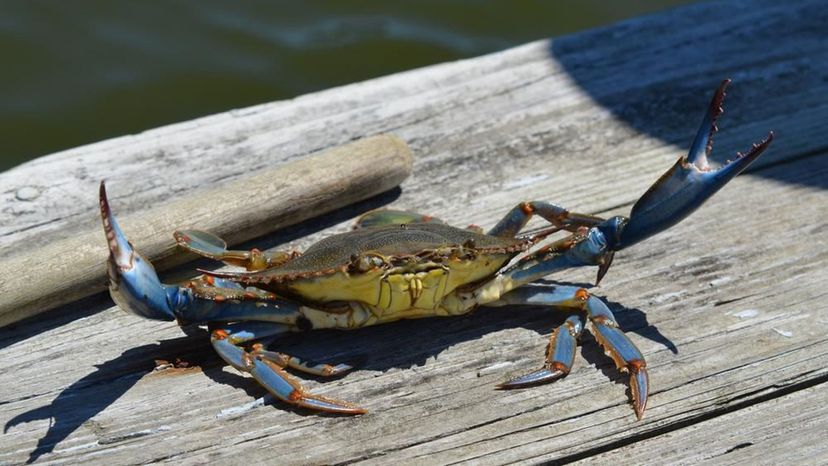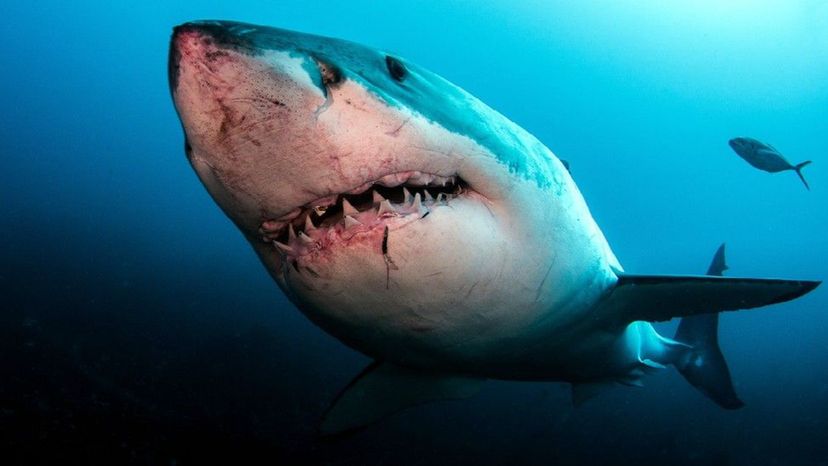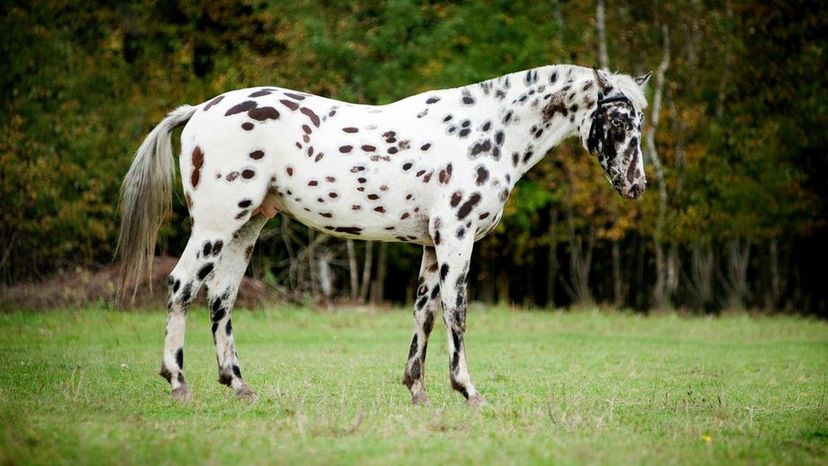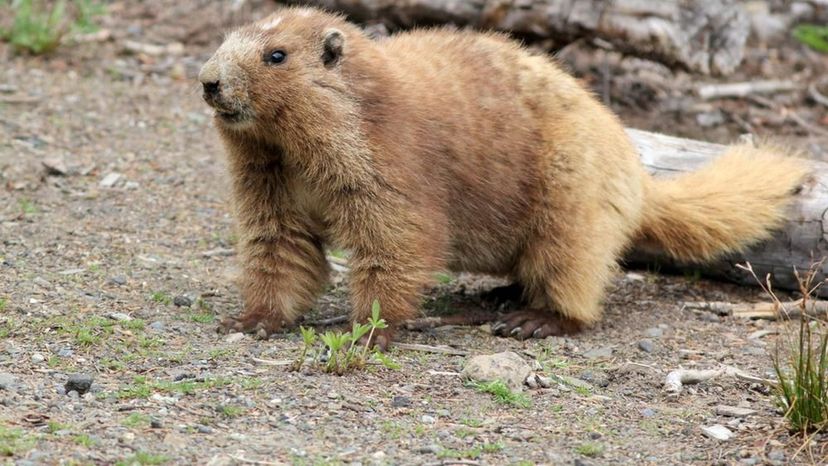
About This Quiz
Growing up, did you ever dream of becoming a marine biologist so you could study the fascinating creatures of the deep? Or, how about a zoologist, so you could stretch yourself to the deserts, mountains and savannahs to study land animals? The animals on this quiz span the entire globe from land to sea. How well do you think you can identify them from an image?Â
Do you think you can tell the difference between a beaver and a wolverine? Sure, one has two large teeth for trimming the branches and the other has a superhero named after it, but with rodent-like similarities, it may not be as easy as you think! Or, how about a moose and a Rocky Mountain Elk?Both are very large, antlered and beautiful. From a box turtle and a tortoise to the great white shark and tiger shark, Growing up, these creatures of land and of the deep sea are common, yet mysterious.Â
Did you know that a stonefish is the most poisonous fish in the world and despite its stone-like facade and name it is also extremely fast? But, do you think its venom is as poisonous as an Arizona rattler?Â
Take this quiz and see if you should be diving in the deep or sprinting across the desert in search of the world's most interesting animals!



Advertisement



Advertisement



Advertisement



Advertisement



Advertisement



Advertisement



Advertisement



Advertisement



Advertisement



Advertisement



Advertisement



Advertisement



Advertisement



Advertisement



Advertisement



Advertisement

